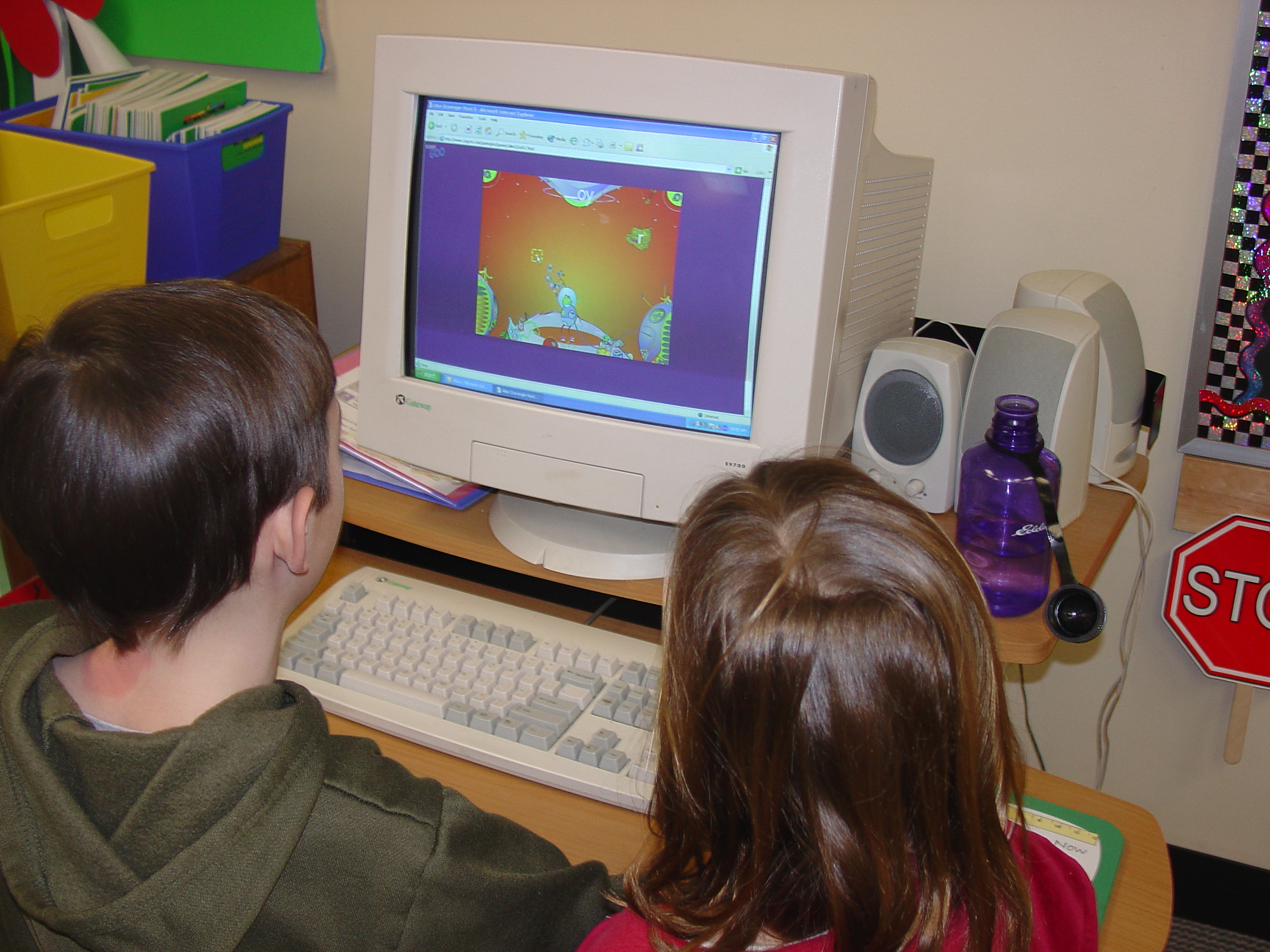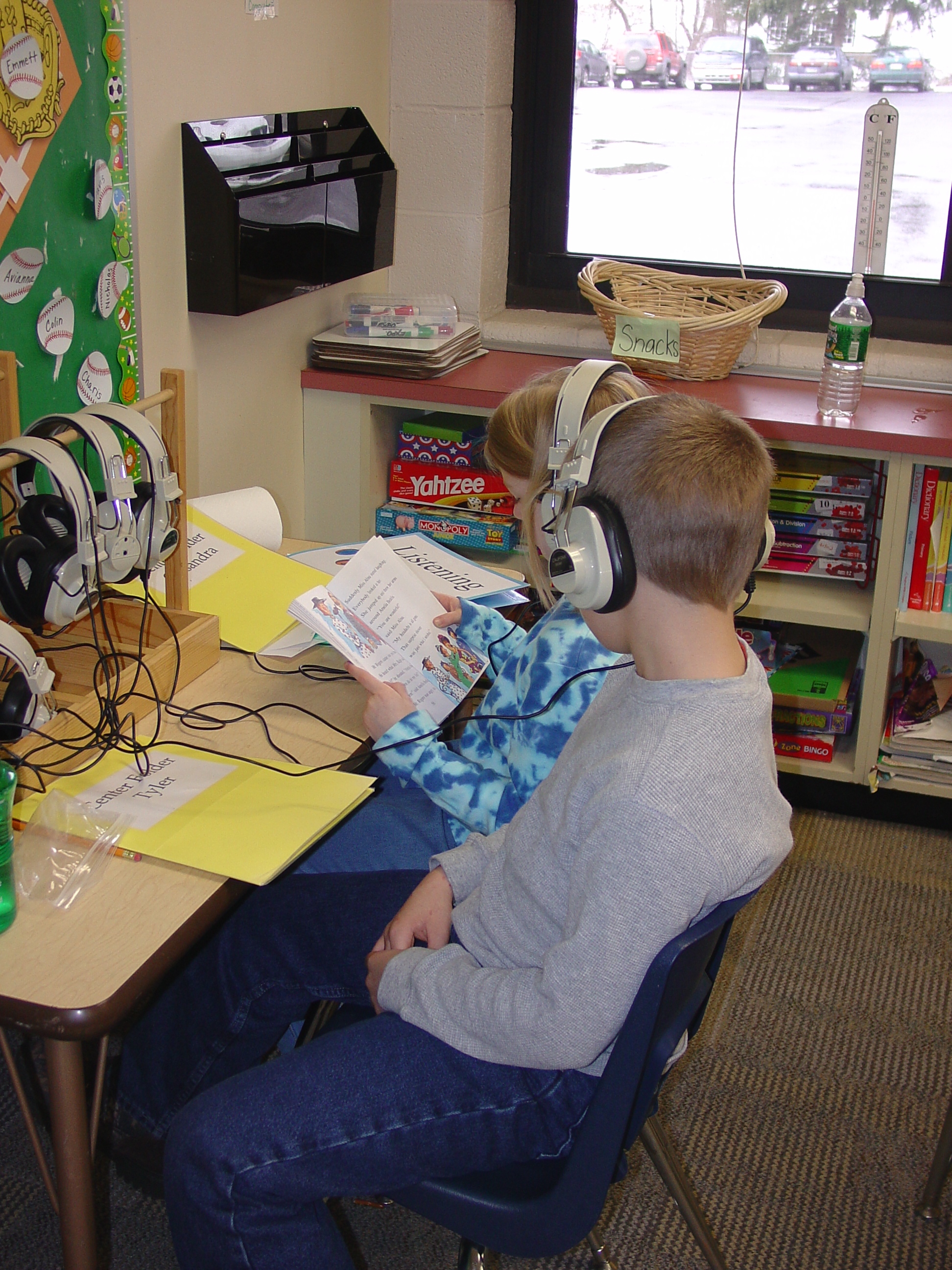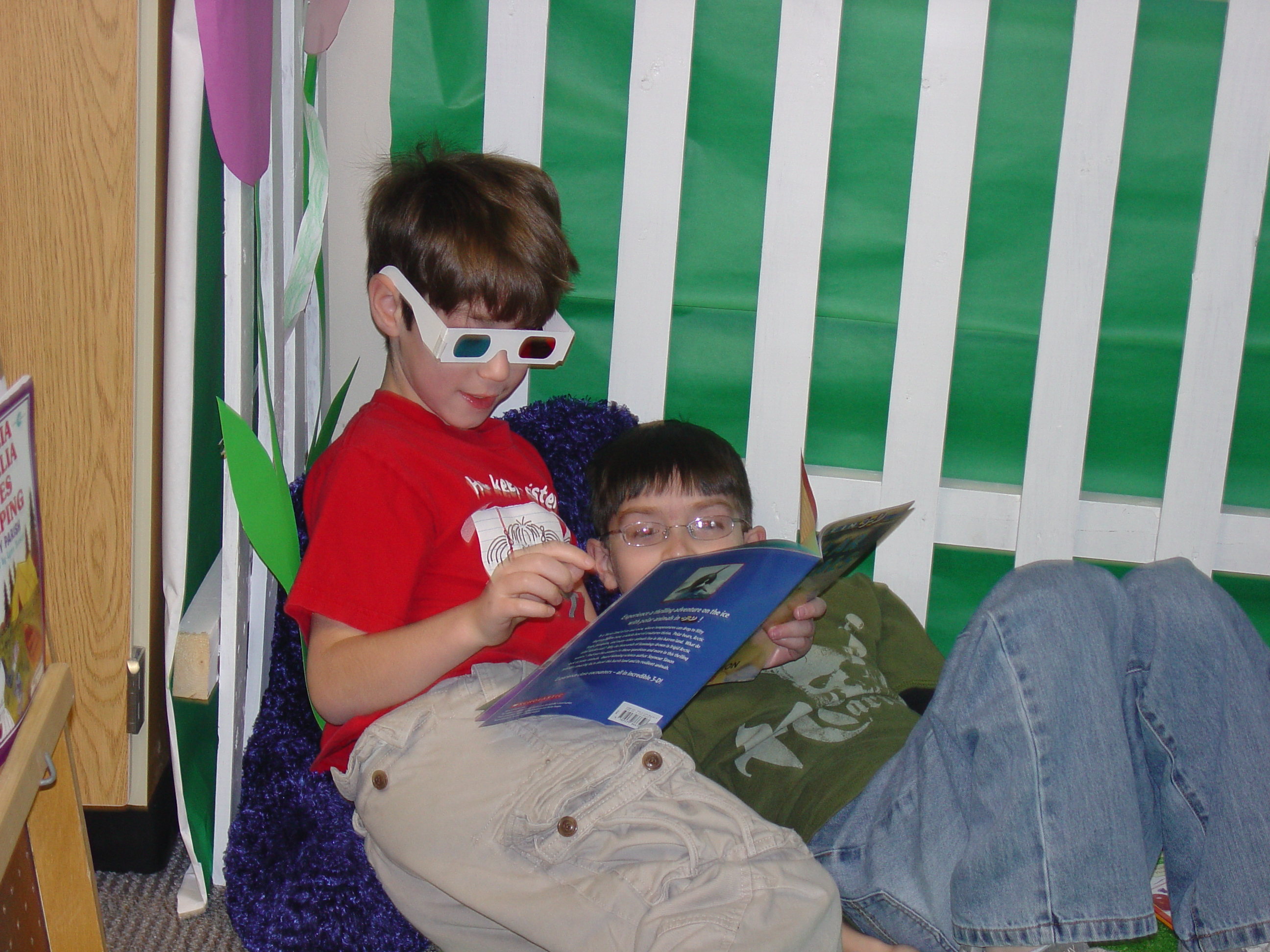Reading
The second grade reading program at Lackawanna Trail uses the Wright Group© textbook series, a Balanced Literacy program which focuses on using a wide array of strategies to support the reading process. Students will be engaged in not only reading, but also phonics, writing, speaking, and observing to develop into independent readers. Acknowledging that not all students within our classroom will be reading same reading level, students are broken up into leveled groups to receive developmentally appropriate instruction through Guided Reading. The levels are organized by letters, beginning with A and ending with T. At Level K (which is the beginning of second grade) Wright Group© begins to use numbers interchangeably for each level, starting with number 2, 3, 4, 5 and so on. The chart below signifies the targeted levels that Wright Group© suggests students should be reading at for each grade level.
| Kindergarten |
First
Grade |
Second
Grade |
Third
Grade |
| A,B,C,
D |
E, F, G, H, I, J |
K(2), L(3), M(4),
N(5) |
O(6), P(7), Q(8),
R(9), S(10), T(11) |
During our Reading hour, students break up into their "center team"and begin working on their Reading Center activity for the day. Each Reading Center has a specific focus. We rotate between the Computer, Reading, Phonics, Poetry, Art, Writing, and Listening Centers. While students are working at their centers, I call the leveled groups (according to the Wright Group© levels) to the back table one at a time and begin my Guided Reading lesson for the day.
|
Example of students at the Computer Center |
Example of students at the Listening Center |
Example of students at the Reading Center |
The way we assess students reading level is by doing Running Records. Running Records are usually administered at the end of each marking period. Students are asked to read aloud a selection from an unfamiliar text on the level for which they have received instruction. During their read aloud, the teacher records the time it takes to read the selection (for fluency records), and takes careful notes as to how many mistakes were made during the reading (accuracy). After the student has completed the selection, a series of questions are asked to assess their comprehension. Questions include the setting, characters, problem, solution, and a detailed retelling of the story. There is a specific rubric that indicates whether the student is ready to move on to the next level, or needs more instruction on the current level.
Language Arts

Abbreviations |
|
Poetry


